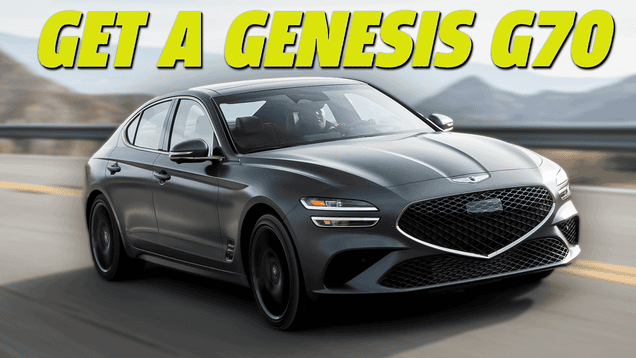Featured
“Ford Mustang GTD: 815 HP Power Justifies $300K Price | Giga Gears”
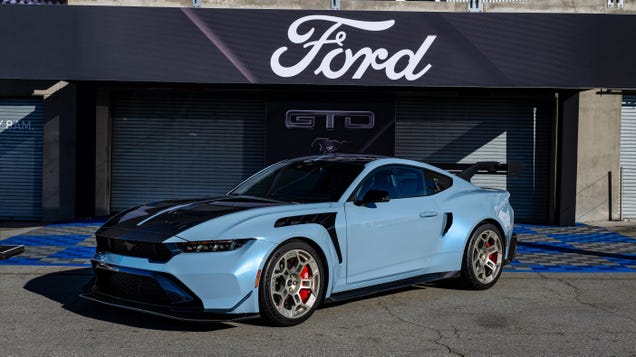
The Ford Mustang GTD aims to elevate the iconic muscle car’s image to a level it has never been without a helmet and Nomex overalls. Ford revealed that the GTD’s 5.2-liter supercharged V8 engine will produce 815 horsepower, making this $300,000 pony car the most powerful production Mustang ever. The Blue Oval hopes an…

“Extreme Electric 4×4: Mystery Audi Test Car Unveils Exciting Hints | Giga Gears”
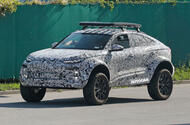
Front bumper is different to that fitted to regular Q6 with new DRLs and lower grilleCould this be a Dakar-flavoured Q6 E-tron or a mule for something altogether more radical?
Audi appears to be gearing up for the launch of a hardcore electric off-roader, with a distinctive prototype having been spotted testing at a company facility in Germany.
Although based on the upcoming Q6 E-tron Sportback, it's significantly taller and wider than the regular electric SUV.
It appears to have a more aggressive front bumper than the Q6, with redesigned daytime running lights and larger air intakes.
The wheel arches have swollen to swallow up a set of thick-walled all-terrain tyres and the roof is fitted with the same rack as the limited-run Audi Q8 E-tron Edition Dakar.
This suggests Audi could be preparing a similar version of the Q6, albeit with a much more overt focus on off-road performance.
Audi abruptly withdrew from the World Rally Raid Championship in March (having won the Dakar Rally in January), and it may now be preparing a special model in tribute to its three years campaigning in the series.
However, it could also be a test mule for the German brand’s upcoming rival for the Land Rover Defender and Mercedes-Benz G-Class, plans for which were unearthed by Autocar last year.
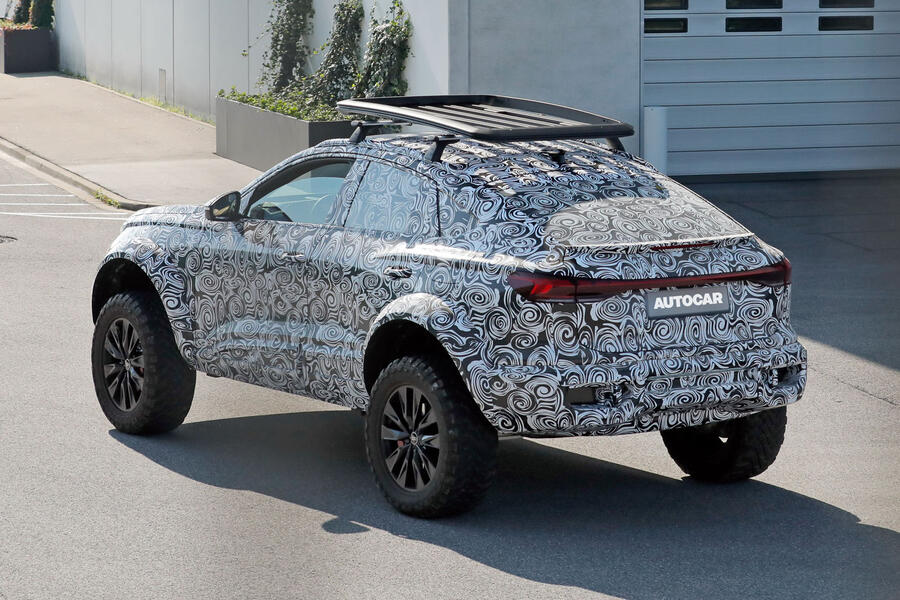
This car won't be based on the same PPE architecture as the Q6, which could explain why the mule is so abnormally stretched widthways.
Notably, its proportions bear a strong resemblance to those of the Activesphere concept that Audi revealed a year ago.
Audi designers confirmed that aspects of the Activesphere – including its broad shoulders – were destined for the road, and several of those can be seen in the new prototype.
“Maybe this is the future: Audi Allroad 2.0,” said Marc Lichte, then Audi’s chief designer.
A spokesperson for Audi was unable to comment on the images of the new prototype.
VW Transporter and Caravelle: New Models with Diesel, PHEV, and EV Choices
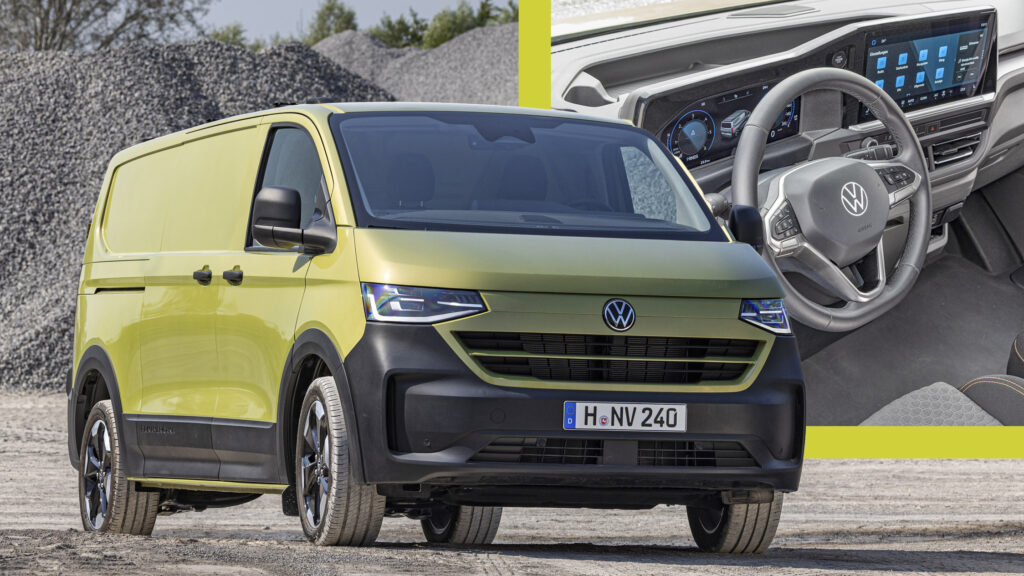
Brazilian EREV Utilizes Renault-Geely Engine: Giga Gears
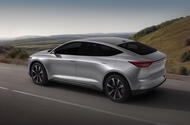
The new Lecar 459 Hybrid will be launched in Brazil in 2026Joint venture aims to builds five million units per year for a variety of car makers, also including Nissan and Volvo
Brazilian start-up Lecar will be the first car maker to use a powertrain supplied by Horse, the joint venture between Renault and Geely.
UK-based Horse, announced last July and officially formed this May, aims to become the “global powertrain leader”, with a goal of building some five million "best-in-class" petrol, diesel and hybrid powertrains per year for car makers including Nissan and Volvo.
The Lecar 459 Híbrido, a crossover set to be launched in 2026, will use a range-extender powertrain centred around Horse's 1.0-litre three-cylinder HR10 petrol engine.
Similar to how Nissan’s e-Power system works, the engine powers an on-board generator that provides charge to a battery that sends power to electric motors.
Exact specifications of the 459 Hybrid have yet to be confirmed.
The HR10, which has already powered light commercial vehicles in similar range-extender powertrain, has been designed to run using low-emissions petrol and ethanol flex fuels – the main fuels offered in Brazil.
Horse will annually supply Lecar with 12,000 units, produced at the powertrain maker’s plant in Curitiba, Brazil.
Matias Giannini, CEO of Horse parent company Horse Powertrain said: “For Horse, this is a monumental first step into providing combustion engines for passenger-vehicle range-extenders.
"This deal signals our commitment to Brazil, one of the world’s most exciting automotive markets.
“It also signals our relentless commitment to innovation in EREVs [extended-range electric vehicles] – one of the fastest-growing vehicle categories globally – and our ability to support brands and OEMs developing both EVs and combustion-engine vehicles."
Horse CEO Patrice Haettel added: “This is a significant milestone for Horse as it continues to deliver on our strategy of developing tailor-made solutions for every market.”
Other car makers to push into the EREV market include Mazda and Hyundai. The latter recently became the first global car firm to commit to a broad roll-out of EREVs as it looks to bridge the gap to sluggish EV demand.

